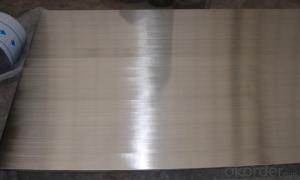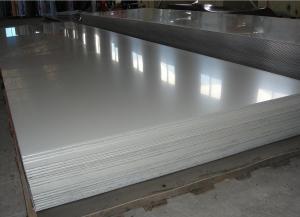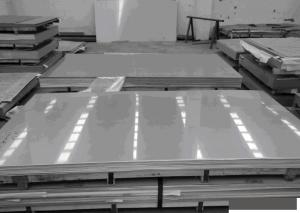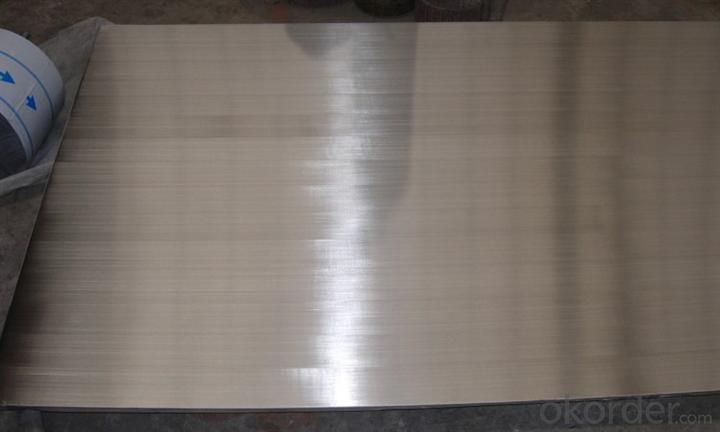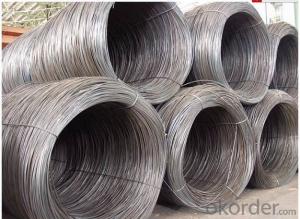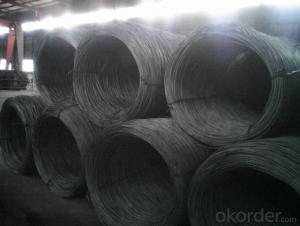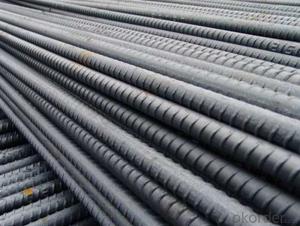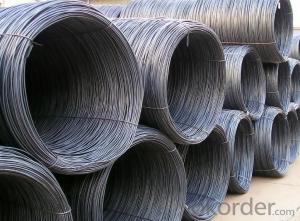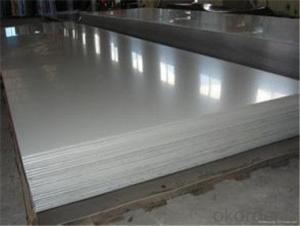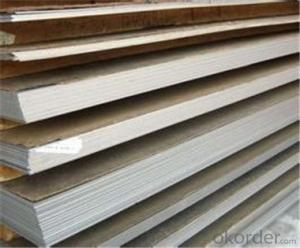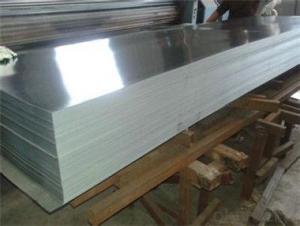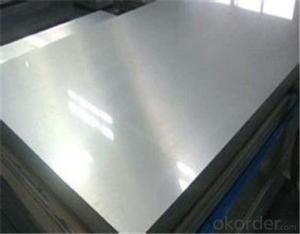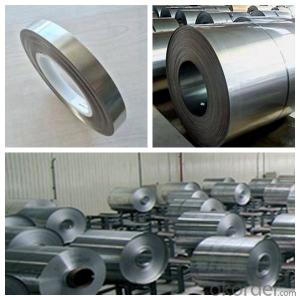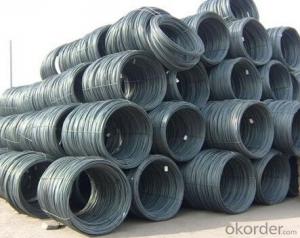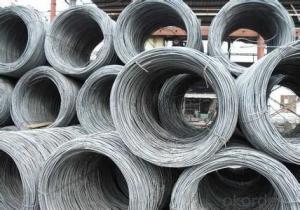Stainless Steel Sheet 304 with Best Quality in China
- Loading Port:
- Tianjin
- Payment Terms:
- TT OR LC
- Min Order Qty:
- 50 m.t.
- Supply Capability:
- 45555555 m.t./month
OKorder Service Pledge
OKorder Financial Service
You Might Also Like
Specification
Description of stainless steel plate:
stanless steel sheet roll
Manufacturer since 2003;
Origin from Baosteel & Tisco;
100% Manufacture's direct deal.
Festures of stainless steel plate:
Material: 201
Finish: 2B, BA, No.4, HL
Thickness: 0.2mm~2.5mm
Size: 1000*2000mm,1219*2438mm or as per customers' request
Application: Kitchenware, decoration, construction and building ornament, product parts manufacturing and stainless steel products tooling and so on
Specifications of stainless steel plate:
Product Name | cr 1219x2438 stanless steel sheet 201 |
standared | JIS, AISI, ASTM, GB, DIN,SUS |
Thickness | 0.2mm~2.5mm |
Size | 1000*2000mm,1219*2438mm or as per customers' request |
Surface finish | 2B, BA, Hair Line, No.1,No.4, Mirror Finish |
Application | Kitchenware, decoration construction and building ornament, product parts manufacturing and stainless steel products tooling and so on |
Payment terms | T/T 30% for deposit, Balance against the copy of B/L; or L/C at sight |
Product Packing | wooden pallet |
Delivery time | within 15-20 working days after we got your 30% deposit |
Attention | FREE SAMPLES can be sent on request. We promise to provide our valued clients with high quality products, low price, and excellent client services. |
Images of stainless steel plate:
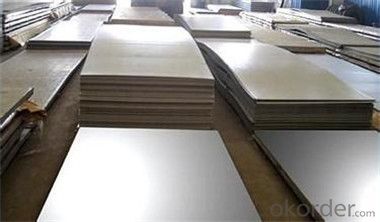
FAQ:
1. What is your package?
Packing situation: standard seaworthy packing or as customer required.
2. How long is the lead time?
Delivery time: 45 days after order confirmed.
3. What payment term do you accept?
Payment: T/T or L/C at sight.
- Q: How does the corrosion resistance of steel wire rod vary with different wire drawing processes?
- The corrosion resistance of steel wire rod can vary with different wire drawing processes. Factors such as the surface finish, the presence of residual stress, and the alteration of the microstructure during the drawing process can influence the corrosion resistance of the wire rod. For example, wire rods that undergo a high-quality wire drawing process with proper cleaning and lubrication techniques can have improved corrosion resistance compared to those subjected to a less controlled or inadequate drawing process. Additionally, the wire drawing process can affect the formation of oxide layers on the surface of the wire rod, which can further impact its corrosion resistance. Overall, the specific wire drawing process employed can significantly impact the corrosion resistance of steel wire rod.
- Q: What are the different types of steel wire rod finishes?
- There are several different types of steel wire rod finishes, including black, galvanized, and coated finishes. Black finish refers to untreated steel wire rod, while galvanized finish involves coating the steel wire rod with a layer of zinc to protect it from corrosion. Coated finishes, on the other hand, may involve the application of various coatings such as epoxy, polyvinyl chloride (PVC), or nylon to enhance the wire rod's durability, aesthetics, or specific application requirements.
- Q: What are the applications of steel wire rods?
- Steel wire rods are widely used in various applications due to their strength, flexibility, and durability. Some of the common applications of steel wire rods are: 1. Construction: Steel wire rods are extensively used in the construction industry for reinforcing concrete structures. They are used to create steel mesh, stirrups, and rebar, which significantly enhance the strength and stability of concrete buildings, bridges, and other infrastructure. 2. Automotive industry: Steel wire rods are indispensable in the automotive sector. They are used to manufacture springs, suspension systems, tire reinforcement, and seat frames, providing the necessary strength and resilience for various automotive components. 3. Manufacturing: Steel wire rods are utilized in the manufacturing of a wide range of products such as nails, screws, bolts, and wire mesh. These products find applications in the construction industry, furniture manufacturing, and general fabrication processes. 4. Electrical industry: Steel wire rods are employed in the electrical industry for the production of cables and conductors. They form the core of electrical cables, ensuring the efficient transmission of electricity over long distances. 5. Agricultural sector: Steel wire rods are used in the agricultural sector for fencing and animal enclosures. They provide a strong and durable barrier, ensuring the security and safety of livestock and crops. 6. Packaging industry: Steel wire rods are utilized in the packaging industry for the production of wire-based packaging materials such as wire baskets, racks, and crates. These products provide a sturdy and reliable solution for transporting and storing various goods. 7. Wire products: Steel wire rods are also transformed into a wide array of wire products, including wire ropes, springs, piano wires, and welding electrodes. These products find applications in diverse industries such as mining, marine, manufacturing, and construction. In summary, the applications of steel wire rods are vast and diverse, ranging from construction and automotive to manufacturing and electrical industries. Their strength, flexibility, and durability make them indispensable in numerous sectors, playing a crucial role in enhancing the performance and reliability of various products and structures.
- Q: How is steel wire rod used in the manufacturing of wire forms for solar panels?
- Steel wire rod is used in the manufacturing of wire forms for solar panels as it serves as the base material for creating the intricate shapes and structures required. Using steel wire rod, manufacturers can bend, shape, and weld the wire to create the framework and support structures for the solar panels. This ensures durability and strength, allowing the panels to withstand various environmental conditions and securely hold the photovoltaic cells in place.
- Q: What are the common production processes for nickel-coated steel wire rod?
- The common production processes for nickel-coated steel wire rod include cleaning and pickling the steel rod, pre-coating it with a layer of copper to enhance adhesion, passing it through a nickel plating bath to deposit a layer of nickel, and finally, subjecting it to heat treatment to improve the coating's properties.
- Q: What are the different surface treatment processes used for steel wire rod?
- Steel wire rod undergoes various surface treatment processes to enhance its corrosion resistance, improve its aesthetic appearance, or provide specific functional properties. One commonly used process is galvanizing, where a layer of zinc is applied to the steel wire rod. This protective layer acts as a sacrificial anode, corroding instead of the steel and preventing corrosion. Galvanizing can be achieved through hot-dip galvanizing or electroplating, depending on specific requirements. Phosphating is another surface treatment process that involves applying a phosphate coating to the steel wire rod. This coating improves adhesion of subsequent coatings or paints, enhances corrosion resistance, and increases wear resistance. Electroplating involves depositing a layer of metal onto the steel wire rod's surface using an electrolytic cell. Various metals like zinc, nickel, or chromium can be used to provide corrosion resistance, enhance aesthetics, or improve specific properties such as hardness or conductivity. Heat treatment processes like annealing or quenching and tempering can modify the microstructure of the steel wire rod's surface. These processes improve mechanical properties like strength, ductility, and toughness. Surface coating processes like powder coating or paint application are also used for steel wire rod. These processes provide aesthetic appeal, protect against corrosion, or improve friction characteristics. The choice of surface treatment process depends on the desired outcome and specific application requirements. Whether it is for corrosion resistance, improved aesthetics, enhanced mechanical properties, or functional purposes, these treatment processes play a crucial role in ensuring the performance and longevity of steel wire rod in various industries.
- Q: What are the different grades of steel wire rod?
- There are several different grades of steel wire rod, which are classified based on their chemical composition, mechanical properties, and intended use. Some common grades include low carbon steel wire rod, high carbon steel wire rod, alloy steel wire rod, and stainless steel wire rod. Each grade has its own unique characteristics and is used for various applications such as construction, automotive, manufacturing, and wire products.
- Q: How is the steel wire rod market expected to grow in the future?
- The future of the steel wire rod market looks promising, thanks to several key factors. Firstly, there is a projected increase in demand for steel wire rods across industries such as construction, automotive, and manufacturing. These industries heavily rely on steel wire rods for reinforcement in concrete structures, wire mesh for fencing, and the production of automobile parts. Furthermore, the growing urbanization and industrialization in developing economies will likely drive the demand for steel wire rods. As these countries invest in infrastructure development and construction projects, the need for steel wire rods will undoubtedly rise. Additionally, the automotive industry's shift towards electric vehicles and lightweight materials will further boost the demand for steel wire rods, as they are essential for manufacturing lightweight yet strong components. Moreover, advancements in technology and innovation in steel manufacturing processes will have a positive impact on market growth. With these advancements, high-quality steel wire rods that meet the specific requirements of various industries can be produced. Furthermore, the implementation of strict safety and quality standards by regulatory bodies will drive the demand for premium-grade steel wire rods. Furthermore, the increasing focus on sustainable and eco-friendly construction practices will contribute to market growth. Steel wire rods are recyclable, making them a preferred choice in environmentally conscious projects. Additionally, the renewable energy sector, particularly wind energy, is increasingly adopting steel wire rods, creating new growth opportunities for the market. In conclusion, the steel wire rod market is poised for significant growth in the future. This growth will be driven by increasing demand from various industries, urbanization, technological advancements, and a focus on sustainable practices.
- Q: How is steel wire rod used in the manufacturing of wire forms for elevator cables?
- Steel wire rod is a crucial component in the manufacturing of wire forms for elevator cables. The steel wire rod is first processed and drawn into a specific diameter and shape to meet the required strength and flexibility needed for elevator cables. The wire rod is then heated and coated with a protective layer to enhance its durability and resistance against corrosion. Once the steel wire rod is prepared, it is further processed to form wire strands. These wire strands are then twisted together to create elevator cables with the desired strength and load-bearing capacity. The number of wire strands and the tightness of the twisting are determined by the specific requirements of the elevator cable. The use of steel wire rod in the manufacturing of wire forms for elevator cables ensures the cables can withstand the heavy loads and continuous movement involved in elevator operation. The strength and flexibility of the steel wire rod contribute to the overall safety and reliability of the elevator cables. Additionally, the steel wire rod used in elevator cable manufacturing undergoes strict quality control measures to meet industry standards and regulations. This ensures that the wire forms produced using steel wire rod are of high quality, capable of withstanding the rigorous demands of elevator systems. In conclusion, steel wire rod plays a vital role in the manufacturing of wire forms for elevator cables. Its strength, flexibility, and durability are essential for creating elevator cables that can safely and reliably transport passengers and goods within buildings.
- Q: What are the different surface cleaning agents used for steel wire rod?
- There are several different surface cleaning agents that can be used for steel wire rod. These cleaning agents are specifically designed to remove dirt, grease, oil, rust, and other contaminants from the surface of the steel wire rod, ensuring that it is clean and ready for further processing or use. One common surface cleaning agent used for steel wire rod is a degreaser. Degreasers are effective at removing oils, greases, and other hydrocarbon-based contaminants from the surface of the steel wire rod. They work by breaking down and emulsifying the grease or oil, allowing it to be easily rinsed away. Another commonly used cleaning agent for steel wire rod is an acid cleaner. Acid cleaners are particularly effective at removing rust and other oxide scale from the surface of the steel wire rod. They work by reacting with the rust or oxide scale, converting it into a soluble form that can be easily washed away. In addition to degreasers and acid cleaners, there are also alkaline cleaners that can be used for steel wire rod cleaning. Alkaline cleaners are effective at removing dirt, grime, and other organic contaminants from the surface of the steel wire rod. They work by breaking down and emulsifying the organic contaminants, allowing them to be easily rinsed away. Finally, there are also specialized cleaning agents available for specific applications. For example, there are pickling pastes and pickling gels that are used for pickling and passivating stainless steel wire rod. These products are designed to remove surface impurities and provide a clean, corrosion-resistant surface. Overall, the choice of surface cleaning agent for steel wire rod depends on the specific contaminants present on the surface and the desired level of cleanliness. It is important to carefully select the appropriate cleaning agent to ensure effective and safe cleaning of the steel wire rod.
Send your message to us
Stainless Steel Sheet 304 with Best Quality in China
- Loading Port:
- Tianjin
- Payment Terms:
- TT OR LC
- Min Order Qty:
- 50 m.t.
- Supply Capability:
- 45555555 m.t./month
OKorder Service Pledge
OKorder Financial Service
Similar products
Hot products
Hot Searches
Related keywords
